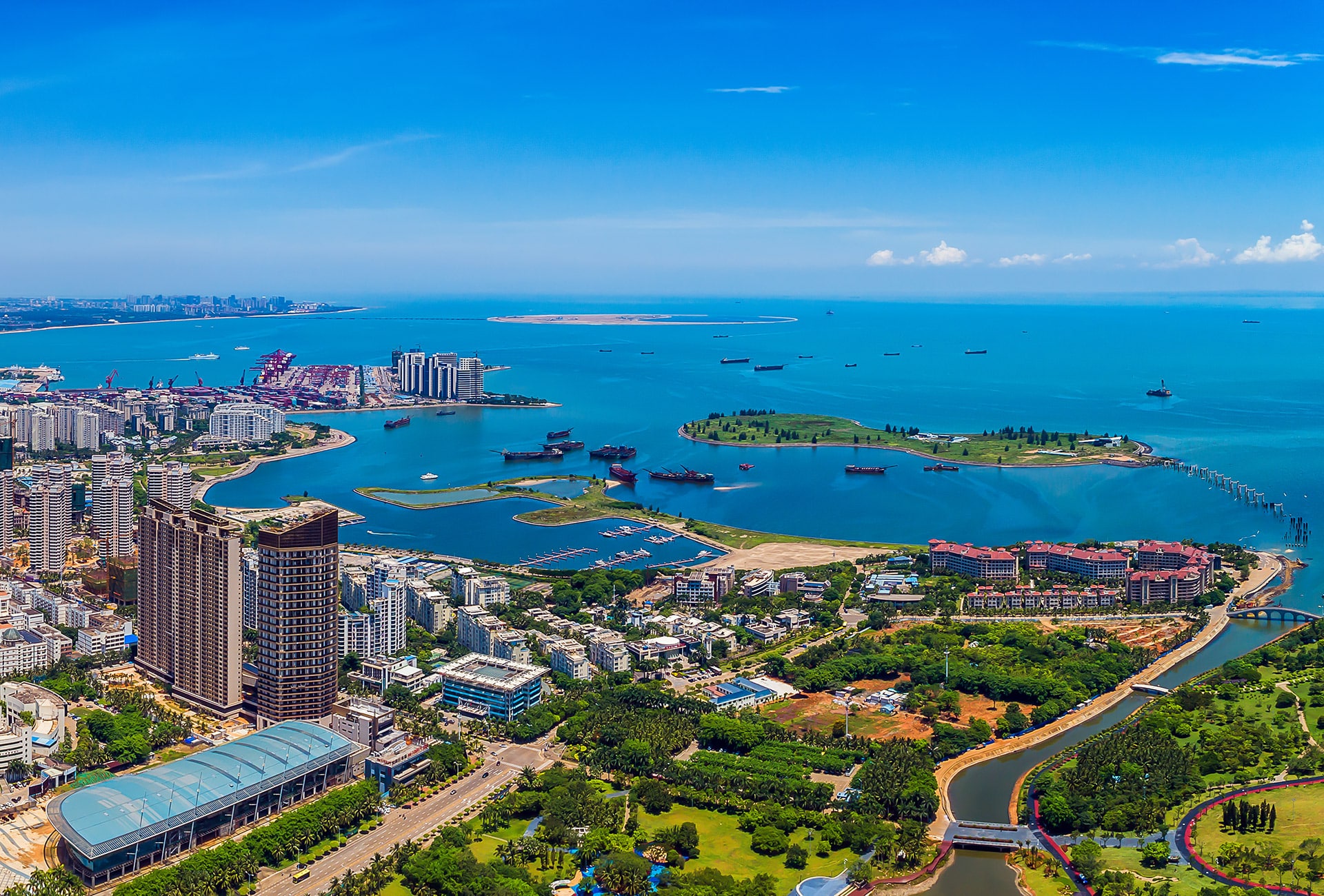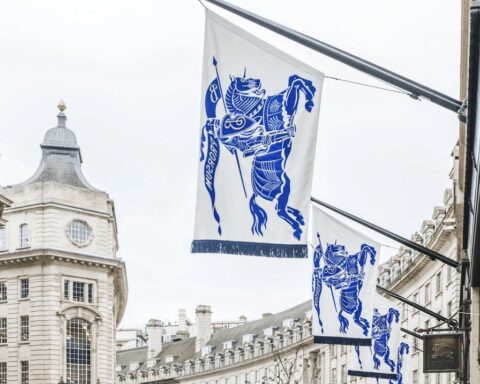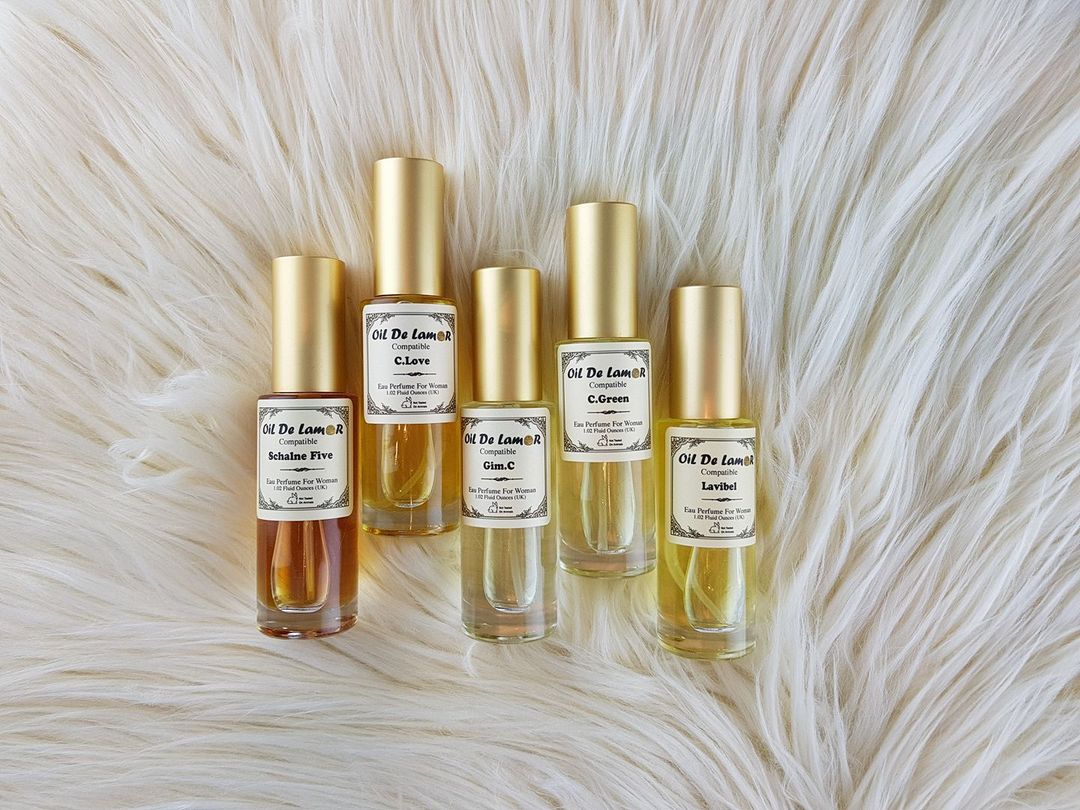[vc_row njt-role=”people-in-the-roles” njt-role-user-roles=”administrator,editor,author,armember”][vc_column][vc_column_text]
According to a new report by market research provider Euromonitor, domestic duty-free sales in the Asia-Pacific region are set to reach $81 billion by 2027. 90% of these will come from China.
Within four years, the majority (90%) of duty-free sales in the Asia-Pacific region (APAC) will come from China, reaching $81 billion. This figure represents more than half of the $168 billion generated by the entire duty-free market by 2027.
In the APAC region, China dominates the travel-retail market, while Australia, South Korea and India are the biggest spenders by arrival, in terms of inbound duty-free purchases. According to data collected by Euromonitor, India’s tourism spending exceeded $12 billion in 2022, and is expected to reach around $28 billion by the end of the year.
Prudence Lai, senior analyst at Euromonitor, told China’s Jing Daily media: “China is a key source market in Asia-Pacific. However, while the Chinese government plans to use duty free as a vehicle to stimulate domestic consumption, Hainan will not be the country’s only duty free destination in the future. It will be essential to diversify the customer base by attracting domestic consumption and alternative source markets in the region.”
Hainan: the Eldorado of duty-free spending
China’s measures to repatriate luxury spending have been in place for a long time now, and the island of Hainan is a prime example.
This Chinese Hawaii saw its visitor numbers soar during the covid 19 crisis, being one of the few places where Middle Kingdom nationals could still do their shopping. According to the Hainan Provincial Bureau of International Economic Development, total duty-free sales amounted to over 7 billion dollars last year. A substantial figure, but well below that of 2021 ($9 billion).
This year’s performance is just as positive, as the island’s duty-free stores reached $2.35 billion in the first quarter, up 15% year-on-year. This figure is expected to exceed $11 billion by the end of the year.
But there are other options besides Hainan. “Urban destinations such as Shanghai, Guangdong and Guangzhou in China are seeing duty-free outlets expand rapidly [while] many Chinese visitors are opting for domestic shopping destinations rather than global hubs such as Paris, London and New York,” says analyst Prudence Lai.
Back to normal
More broadly across the Asia-Pacific region, 22% of survey respondents said they chose their travel destination based on the quality of purchases.
Price is also a key factor. While VAT rates in Asia are generally around 10%, they are as low as 5% in Taiwan and as high as 18% in India. Hong Kong is an exception, with no VAT or sales tax, and therefore an attraction for mainland Chinese travelers, who have to pay up to 13% in their home market, depending on the product category.
It’s also worth noting that among the top-spending countries, China will rise to the top this year in terms of duty-free sales per outbound departure, overtaking the likes of Vietnam, Norway and the United Arab Emirates.
By 2025, global duty-free sales will return to pre-covid levels. Global spending is expected to reach $168 billion in 2027, 15% more than before 2021 for both domestic and international spending, again according to Euromonitor.
Read also > Hainan: inauguration of the world’s largest duty-free shopping mall.
Featured photo : ©Press[/vc_column_text][/vc_column][/vc_row][vc_row njt-role=”not-logged-in”][vc_column][vc_column_text]
According to a new report by market research provider Euromonitor, domestic duty-free sales in the Asia-Pacific region are set to reach $81 billion by 2027. 90% of these will come from China.
Within four years, the majority (90%) of duty-free sales in the Asia-Pacific region (APAC) will come from China, reaching $81 billion. This figure represents more than half of the $168 billion generated by the entire duty-free market by 2027.
In the APAC region, China dominates the travel-retail market, while Australia, South Korea and India are the biggest spenders by arrival, in terms of inbound duty-free purchases. According to data collected by Euromonitor, India’s tourism spending exceeded $12 billion in 2022, and is expected to reach around $28 billion by the end of the year.
Prudence Lai, senior analyst at Euromonitor, told China’s Jing Daily media: “China is a key source market in Asia-Pacific. However, while the Chinese government plans to use duty free as a vehicle to stimulate domestic consumption, Hainan will not be the country’s only duty free destination in the future. It will be essential to diversify the customer base by attracting domestic consumption and alternative source markets in the region.”
Hainan: the Eldorado of duty-free spending
China’s measures to repatriate luxury spending have been in place for a long time now, and the island of Hainan is a prime example.
This Chinese Hawaii saw its visitor numbers soar during the covid 19 crisis, being one of the few places where Middle Kingdom nationals could still do their shopping. According to the Hainan Provincial Bureau of International Economic Development, total duty-free sales amounted to over 7 billion dollars last year. A substantial figure, but well below that of 2021 ($9 billion).
[…][/vc_column_text][vc_cta h2=”This article is reserved for subscribers.” h2_font_container=”tag:h2|font_size:16|text_align:left” h2_use_theme_fonts=”yes” h4=”Subscribe now !” h4_font_container=”tag:h2|font_size:32|text_align:left|line_height:bas” h4_use_theme_fonts=”yes” txt_align=”center” color=”black” add_button=”right” btn_title=”I SUBSCRIBE !” btn_color=”danger” btn_size=”lg” btn_align=”center” use_custom_fonts_h2=”true” use_custom_fonts_h4=”true” btn_button_block=”true” btn_custom_onclick=”true” btn_link=”url:https%3A%2F%2Fluxus-plus.com%2Fen%2Fsubscriptions-and-newsletter-special-offer-valid-until-september-30-2020-2-2%2F”]Get unlimited access to all articles and live a new reading experience, preview contents, exclusive newsletters…
Already have an account ? Please log in.
[/vc_cta][vc_column_text]Featured photo : © Press[/vc_column_text][/vc_column][/vc_row][vc_row njt-role=”people-in-the-roles” njt-role-user-roles=”subscriber,customer”][vc_column][vc_column_text]
According to a new report by market research provider Euromonitor, domestic duty-free sales in the Asia-Pacific region are set to reach $81 billion by 2027. 90% of these will come from China.
Within four years, the majority (90%) of duty-free sales in the Asia-Pacific region (APAC) will come from China, reaching $81 billion. This figure represents more than half of the $168 billion generated by the entire duty-free market by 2027.
In the APAC region, China dominates the travel-retail market, while Australia, South Korea and India are the biggest spenders by arrival, in terms of inbound duty-free purchases. According to data collected by Euromonitor, India’s tourism spending exceeded $12 billion in 2022, and is expected to reach around $28 billion by the end of the year.
Prudence Lai, senior analyst at Euromonitor, told China’s Jing Daily media: “China is a key source market in Asia-Pacific. However, while the Chinese government plans to use duty free as a vehicle to stimulate domestic consumption, Hainan will not be the country’s only duty free destination in the future. It will be essential to diversify the customer base by attracting domestic consumption and alternative source markets in the region.”
Hainan: the Eldorado of duty-free spending
China’s measures to repatriate luxury spending have been in place for a long time now, and the island of Hainan is a prime example.
This Chinese Hawaii saw its visitor numbers soar during the covid 19 crisis, being one of the few places where Middle Kingdom nationals could still do their shopping. According to the Hainan Provincial Bureau of International Economic Development, total duty-free sales amounted to over 7 billion dollars last year. A substantial figure, but well below that of 2021 ($9 billion).
[…][/vc_column_text][vc_cta h2=”This article is reserved for subscribers.” h2_font_container=”tag:h2|font_size:16|text_align:left” h2_use_theme_fonts=”yes” h4=”Subscribe now !” h4_font_container=”tag:h2|font_size:32|text_align:left|line_height:bas” h4_use_theme_fonts=”yes” txt_align=”center” color=”black” add_button=”right” btn_title=”I SUBSCRIBE !” btn_color=”danger” btn_size=”lg” btn_align=”center” use_custom_fonts_h2=”true” use_custom_fonts_h4=”true” btn_button_block=”true” btn_custom_onclick=”true” btn_link=”url:https%3A%2F%2Fluxus-plus.com%2Fen%2Fsubscriptions-and-newsletter-special-offer-valid-until-september-30-2020-2-2%2F”]Get unlimited access to all articles and live a new reading experience, preview contents, exclusive newsletters…
Already have an account ? Please log in.
[/vc_cta][vc_column_text]Featured photo : © Press[/vc_column_text][/vc_column][/vc_row]











